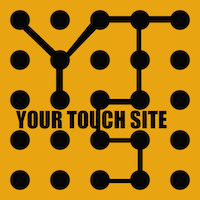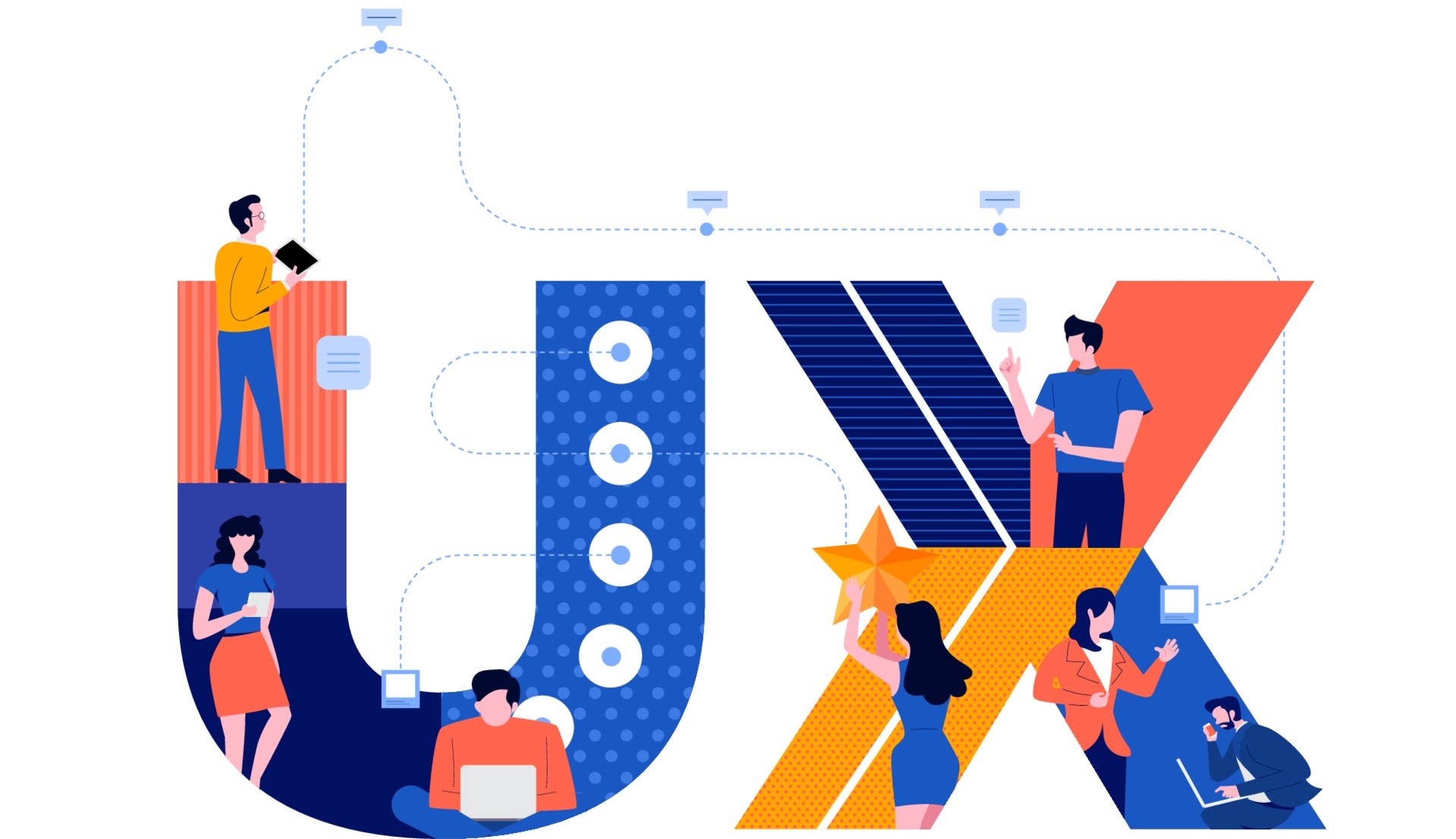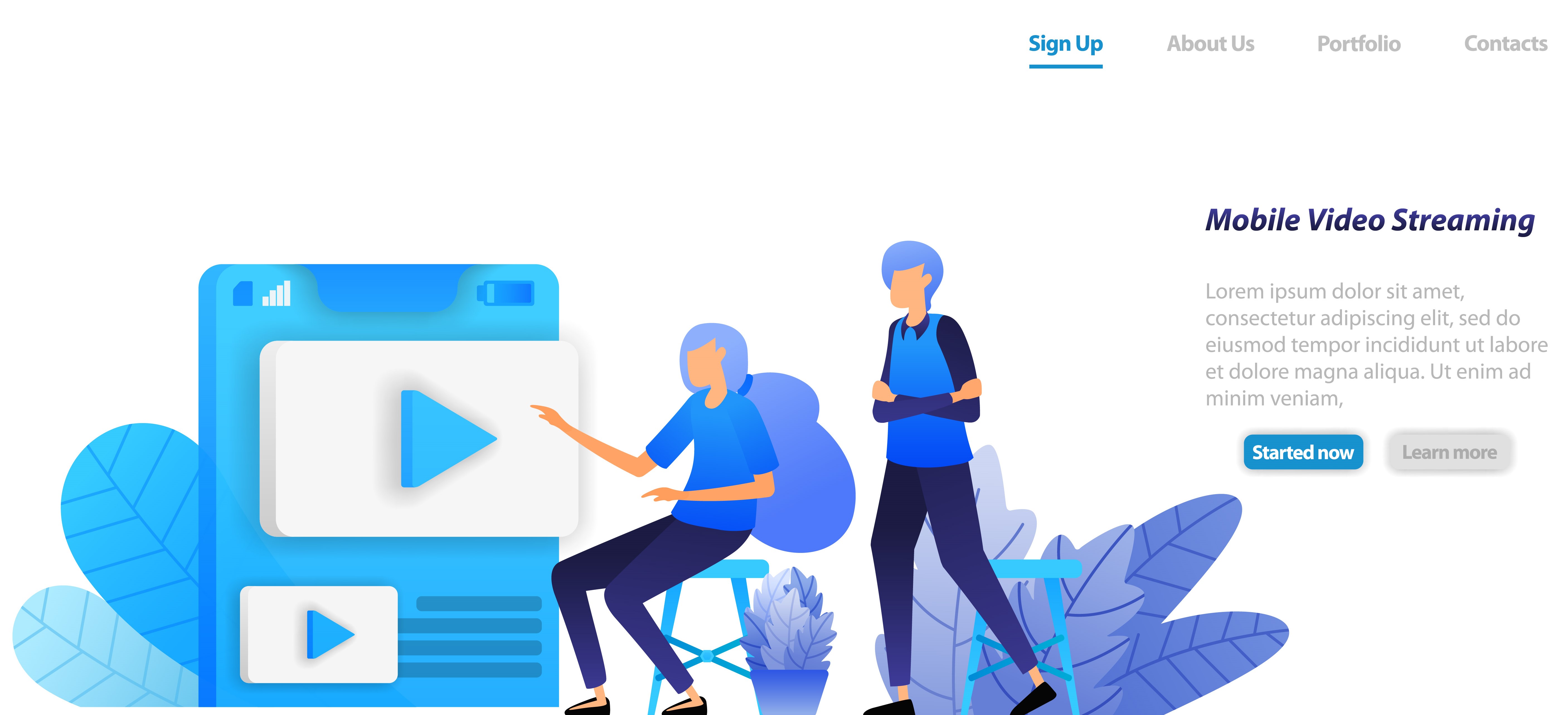


Web design is an art and science, a harmonious blend of strategy and creativity dedicated to solving complex problems. It's not merely about aesthetics; it's about crafting experiences that resonate with users. At YTS, we believe that every brand and product deserves a high-quality, imaginative, and distinctive digital presence. We adhere to the principles of human-centered design, where understanding and prioritizing the needs and behaviors of people are paramount. We immerse ourselves in the perspectives of a diverse array of stakeholders—employees, customers, experts, and end-users. This inclusive approach ensures that our solutions are not only feasible and viable but also deeply attuned to the varied needs and aspirations of those we serve.
Our web design team crafts user-friendly and visually captivating sites that enhance credibility and captivate customers. From initial concept to final launch, we collaborate with you to develop a tailored solution that embodies your brand and meets your objectives.
Design is an iterative process where valuable insights can be gathered at various stages to refine our initial understanding. User experience (UX) encompasses the overall experience one has when interacting with a product or system. UX design involves researching and evaluating these interactions to create an exceptional experience that meets the precise needs of the customer. To uncover user challenges, we conduct both quantitative and qualitative research and engage directly with users. By synthesizing this research, we utilize co-design workshops to expand our findings and develop user journeys and Information Architecture (IA) for the website. IA, depicted through sitemaps and wireframes, forms the structural foundation for testing and refining to achieve a user-friendly interaction model. Our extensive experience ensures we never start from scratch. By leveraging our past projects and industry best practices, we deliver expert solutions promptly, enabling users to fully engage with your website's content.

Design is an iterative process where valuable insights can be gathered at various stages to refine our initial understanding. User experience (UX) encompasses the overall experience one has when interacting with a product or system. UX design involves researching and evaluating these interactions to create an exceptional experience that meets the precise needs of the customer. To uncover user challenges, we conduct both quantitative and qualitative research and engage directly with users. By synthesizing this research, we utilize co-design workshops to expand our findings and develop user journeys and Information Architecture (IA) for the website. IA, depicted through sitemaps and wireframes, forms the structural foundation for testing and refining to achieve a user-friendly interaction model. Our extensive experience ensures we never start from scratch. By leveraging our past projects and industry best practices, we deliver expert solutions promptly, enabling users to fully engage with your website's content.
People do business with brands they trust, and a brand’s website often serves as the front door to their business.
The user interface (UI) of a website or platform significantly influences how users perceive the brand. UI design
brings together all the work done during the Discovery and UX phases of a project.
While UX focuses on the journey and the foundational elements of the experience, UI design is about crafting
interfaces with an emphasis on aesthetics and interactivity. The design principle known as the Aesthetic-Usability
Effect highlights the importance of UI; users tend to believe that attractive interfaces function better than less
appealing ones.
UI design plays a crucial role in creating a positive first impression and encouraging users to engage with the
site and appreciate the effort invested in the experience design. The goal is to develop an interface and
interactions that users find comfortable and intuitive to use.

The UI design process for building a new website typically involves several stages:
Throughout these stages, collaboration with stakeholders and iterative feedback loops are essential to ensure the
design meets the project goals and user expectations.